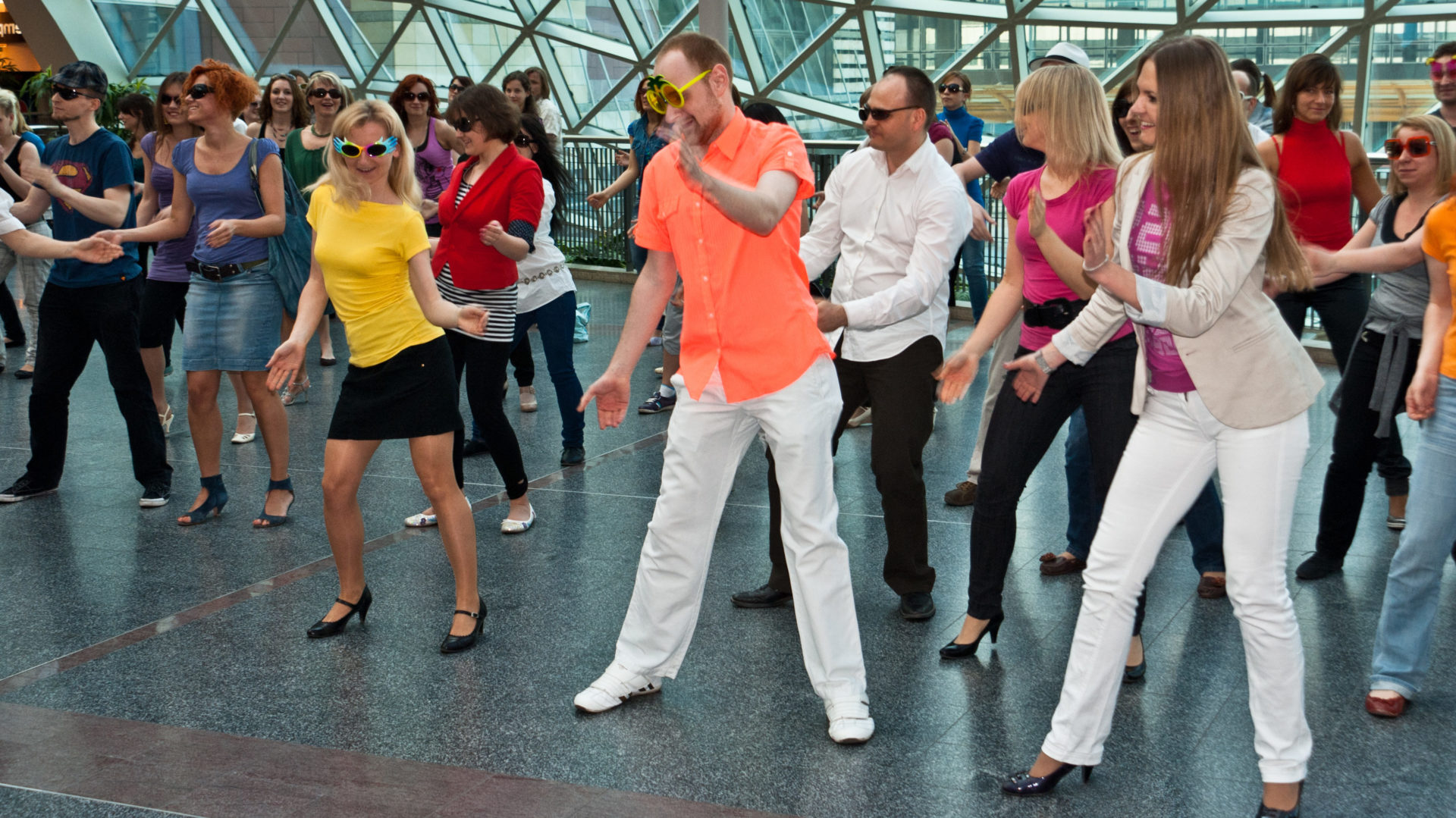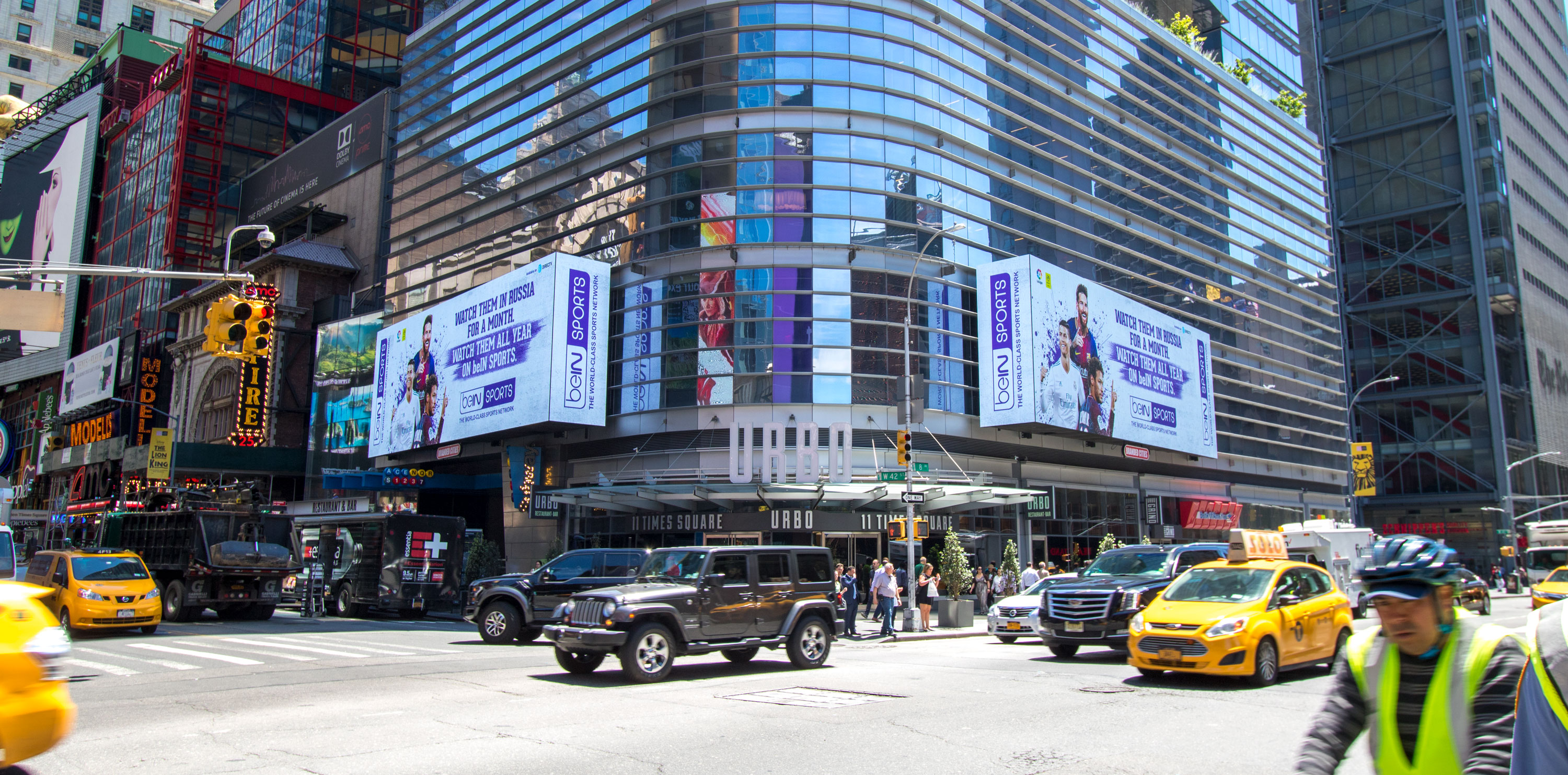By Diego Vasquez – September 15, 2015
 The average dwell time for an out of home ad, whether it’s on a billboard or a bus shelter, is seven seconds, according to multiple studies.
The average dwell time for an out of home ad, whether it’s on a billboard or a bus shelter, is seven seconds, according to multiple studies.
That’s not very long to get someone’s attention, and so anytime you can grab their eye for longer, it’s considered a win.
Traffic jams then are a big win for out-of-home advertisers. They keep commuters in the same place for minutes at a time, increasing the likelihood those drivers will notice their billboards.
Media buyers and planners take traffic into consideration when making their buys.
“Traffic is a characteristic we evaluate when analyzing OOH for our clients. The traffic congestion, direction, and time of day patterns are important,” one buyer tells Media Life.
“A billboard’s value does include the amount of traffic in its proximity,” says another.
With that in mind, here’s a look at the U.S.’s worst big- and medium-sized cities in terms of traffic—which also makes them the country’s best cities for billboards.
LARGEST MARKETS
1. Washington, D.C.
Yearly delay per auto commuter: 82 hours.
In D.C., many people commute from up to two hours away, giving lots of dwell time on highways including I-95, I-495 and I-66.
2. Los Angeles-Long Beach-Anaheim
Yearly delay per auto commuter: 80 hours.
Southern California is notorious for its traffic delays, but in terms of yearly delay per commuter it’s actually slightly behind the nation’s capital.
3. San Francisco-Oakland
Yearly delay per auto commuter: 78 hours.
Markets with fast-growing economies and job growth tend to be the most impacted by traffic, such as the Bay area.
4. New York-Newark
Yearly delay per auto commuter: 74 hours.
New Yorkers know just how bad local traffic can be, but the area is hoping technology can lower drive times. A new program in Manhattan and Brooklyn will equip traffic signals with technology that will allow them to “talk” to each other in an effort to ease traffic.
5. Boston
Yearly delay per auto commuter: 64 hours.
Another market where an improved economy has led to more workers clogging up the roads. The roads in Boston are tied up nearly five hours per day.
LARGE MARKETS
 1. San Jose
1. San Jose
Yearly delay per auto commuter: 67 hours.
Congestion in the Northern California market has been on the rise, and in response the area recently rolled out metering lights from Highway 101 in San Jose to Scott Creek Road just past the Alameda County Line in hopes of smoothing out traffic.
2. Riverside-San Bernardino
Yearly delay per auto commuter: 59 hours.
Clearly drivers in a major market in California can expect more traffic, and out-of-home advertisers can expect more dwell time for consumers.
3. Austin (tie)
Yearly delay per auto commuter: 52 hours.
To combat traffic delays the city is in the midst of rolling out a $6.5 million project that includes continuous flow intersections eliminating light cycles drivers sit through. Local officials expect it to lead to a 30 to 50 percent improvement in travel time eventually.
3. Portland, Oregon (tie)
Yearly delay per auto commuter: 52 hours.
Another market with a strong economy, Portland ranks No. 12 overall among the most congested cities in the U.S. The delays cost locals $1,273 per year in lost time and wasted fuel.
5. Denver
Yearly delay per auto commuter: 49 hours.
Traffic delays in the Mile High City are at their worst on I-25 and I-70 each morning and evening. Overall Denver commuters spent more than 91 million hours in rush hour traffic delays in 2014.
MEDIUM MARKETS
 1. Honolulu
1. Honolulu
Yearly delay per auto commuter: 50 hours.
Two-third of drivers in Hawaii’s capital drive alone, up 75 percent from 30 years ago, while car ownership also jumped 75 percent. Obvious geographic limitations on the island of Oahu make it tough to add new roads that would ease traffic.
2. Bridgeport-Stamford, Connecticut
Yearly delay per auto commuter: 49 hours.
Commuters driving the 23 miles on I-95 between Bridgeport and Stamford paid $1,174 on average for fuel costs related to traffic delays in 2014.
3. Baton Rouge (tie)
Yearly delay per auto commuter: 47 hours.
The bulk of Baton Rouge’s traffic problems stem from I-10, and the Louisiana Department of Transportation and Development has begun a series of meetings on how to improve a stretch between the Mississippi River Bridge and the I-10/I-12 split.
3. Tucson (tie)
Yearly delay per auto commuter: 47 hours.
Congestion in Tucson cost commuters an average of $1,128 last year. Nearby Phoenix was no better, with delays in that city costing commuters an average of $1,201.
5. Hartford
Yearly delay per auto commuter: 45 hours.
A new bus line between Hartford and New Britain was supposed to ease traffic on congested I-84 west of Hartford, but so far that hasn’t been the cast. Administrators now say the goal wasn’t to ease congestion, but to expand transit capacity in the area.
Source: Texas A&M Transportation Institute and INRIX Inc.
http://www.medialifemagazine.com/the-worst-traffic-cities-in-the-u-s/



